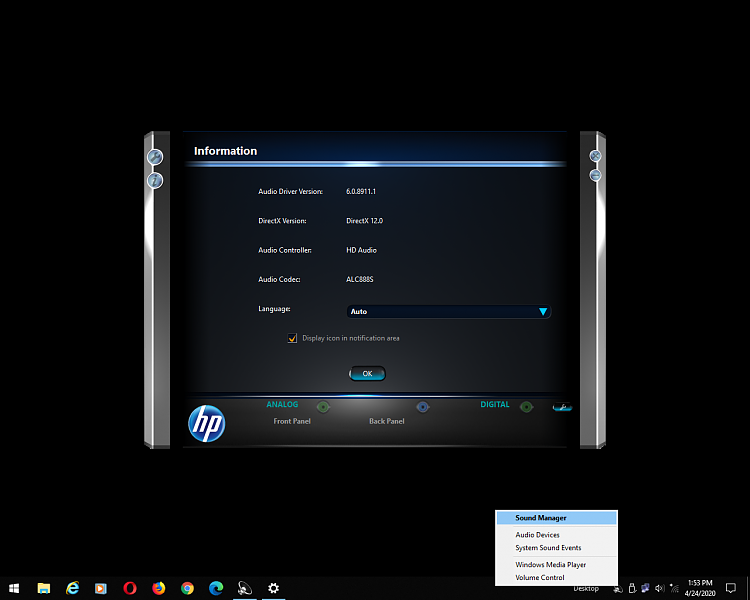
The first major update to Windows 10 released was the November Update in November 2015, which made it version 1511. Aside from traditional patches, Microsoft occasionally releases bigger “builds” of Windows 10. There are two different types of updates in Windows 10. The good news is that Windows provides a way uninstall major build updates and the smaller, more typical, Windows updates. This becomes even more difficult if that update is a major new Windows build, like the Fall Creators Update released in September, 2017. Unfortunately, neither of these strategies helps if you’ve already downloaded and installed an update that broke something. RELATED: How to Prevent Windows 10 or 11 From Automatically Downloading Updates And, as of the Creators Update in Spring of 2017, you can easily pause or defer non-critical updates for a month or more while other users test them out. You can prevent certain types of updates so they don’t download automatically. There are a couple of ways you can prevent bad updates from ruining your day. Still, there are lots of PCs and configurations out there, and an occasional updated that messes up your system can slip through. For the most part, this is good, since way too many people never bothered installing updates-even critical security updates. Windows 10 is more aggressive about updating than previous versions. In that case, you’ll need to uninstall that particular update. Most of the time, this is good, but sometimes you’ll get an update that breaks things.

Windows 10 automatically installs updates in the background.


 0 kommentar(er)
0 kommentar(er)
